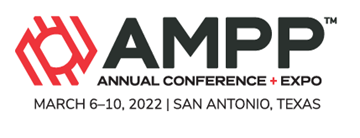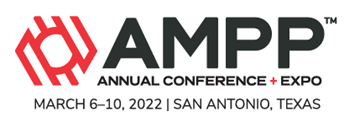Search
Online Conference Paper
View as
Sort by
Display
per page
Potassium Hydroxide For PWR Primary Coolant pH Control: EPRI Program
Product Number:
ED22-17394-SG
Publication Date:
2022
$20.00
Potential Measurements, How To Effectively Monitor The ‘Health’ Of Your Cathodic Protection System
Product Number:
51322-18042-SG
Publication Date:
2022
$20.00
Practical Application Of AI To Transform Pipeline Integrity Management
Product Number:
51323-19039-SG
Publication Date:
2023
$20.00
Practical Application of Lifecycle Costing of Coating Systems – Effectively Using Forecasted Service Life and Cost Consideration Data
Product Number:
51323-19210-SG
Publication Date:
2023
$20.00
Practical Considerations For The Assessment Of HTHA Risk
Product Number:
51323-19187-SG
Publication Date:
2023
$20.00
Precision Navigation For Hull Crawling Robots - Efficient Robots For Automated Grooming
Product Number:
51322-17660-SG
Publication Date:
2022
$20.00
Predictability of Computational Fluid Dynamics for Solid Particle Erosion of 90° Stainless-Steel Elbows in Various Erosive Environments
Product Number:
51324-20886-SG
Publication Date:
2024
$40.00
Predicting Atmospheric Galvanic Corrosion Of Aluminum Alloy By Combining Electrochemical Techniques And Accelerated Laboratory Corrosion Tests
Product Number:
51322-18163-SG
Publication Date:
2022
$20.00
Predicting Corrosion of Successive Feeds in Distilling Units - An Experimental Approach
Product Number:
51324-20668-SG
Publication Date:
2024
$40.00
Predicting Corrosion Severity of Pipeline Steels in Supercritical CO2 Environments Using Supervised Machine Learning
Product Number:
51324-20803-SG
Publication Date:
2024
$40.00
Predicting Hot Oil Corrosion: A Framework for Quantifying Reactive Organic Sulfur Compounds in Crude Unit Process Streams
Product Number:
51323-19105-SG
Publication Date:
2023
$20.00
Predicting Long-Term Exposure Performance of Galvanized Rebar Based on Artificial Intelligence and Electrochemical Methods
Product Number:
51324-21166-SG
Publication Date:
2024
$40.00












